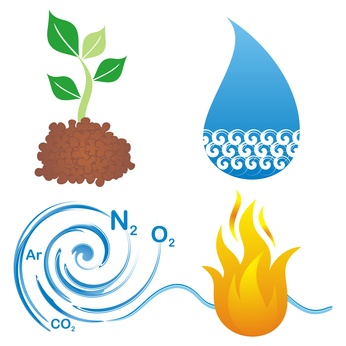Learn Geography Online
Soils are a medium of growth and an important part of geography and ecology. It involves many of the primary themes of geography, especially region. To learn geography online a good place to start is with soils. Soils are studied by various disciplines such as construction engineers, geologists, farmers (for both growing crops and grazing animals) and of coarse geographers. But these groups study different aspects of medium. The construction engineer for example studies soil to a greater depth (right down to the bedrock) than the farmer but is not concerned about the soil’s organic nature. The geographer’s area of soil study more closely resembles the farmer’s, by being concerned more with how the medium, corresponds to climactic factors, the flora and fauna of a given area and water drainage. There are four main characteristics of soil: (1) Size, ranging from clay the smallest to silt, to sand and finally gravel. (2) Shape, crystal shaped, flat, grain shaped and block shaped. (3) Moisture and (4) Organic Material.
There are three basic components that make up soil: solid particles such as inorganic rocks and organic plants and animals remains, liquids such as water and chemicals dissolved in that water. Gases both atmospheric and that which is derived from both actual soil due to biological or chemical processes. The actual physical properties of the soil are to some degree important because they act as retainers of nutrients and provide a medium for biological processes. Some mediums depending on the actual structure of the soil are often better retainers of nutrients than others and better mediums for the biological processes themselves.
These biological processes are the main contributors to the actual fertility and the productivity of the soil. This essay will discuss many important factors of soil fertility including, acidity, base exchange, water, gases, organic matter in the soil and how soil structure retains nutrients.
